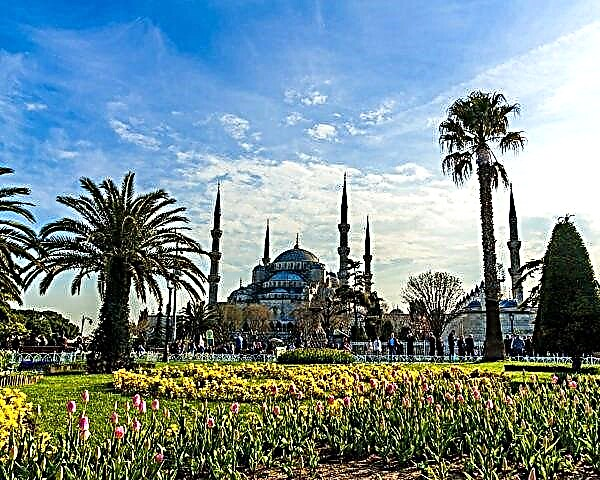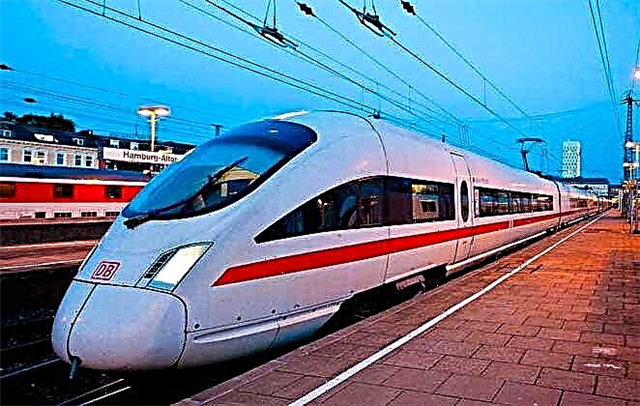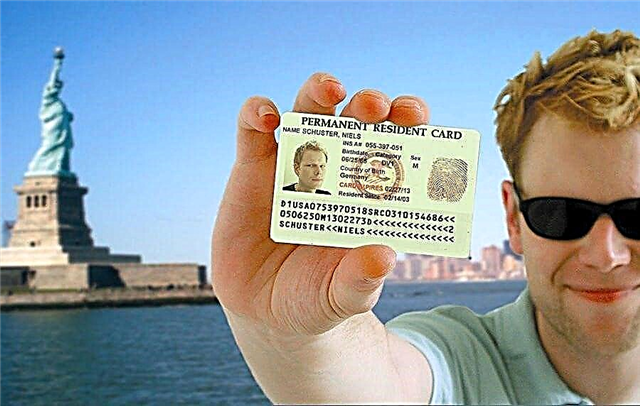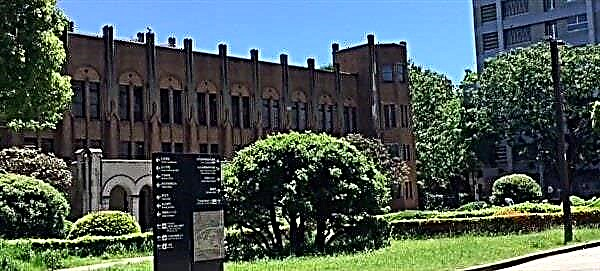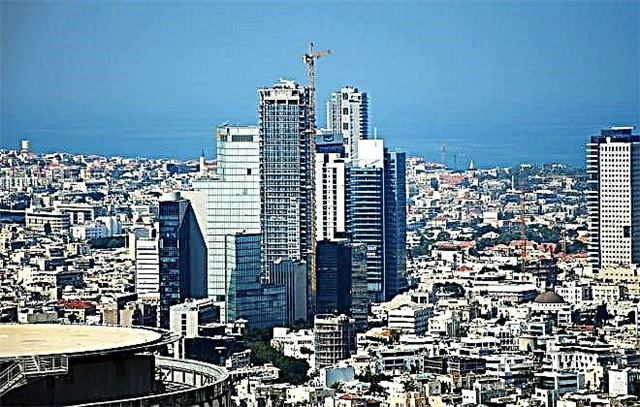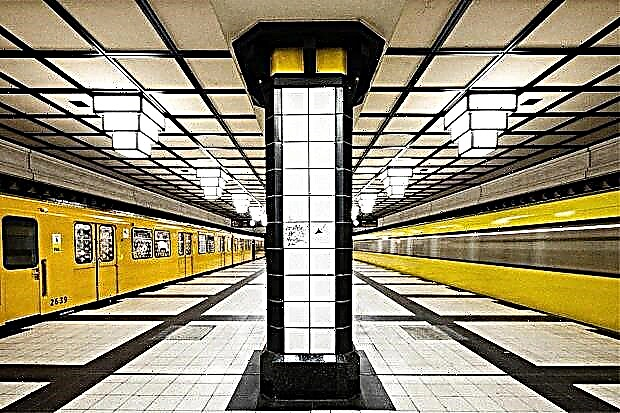One of the first impressions of foreign guests from Germany is the smooth operation of public transport, which functions as a clock mechanism in the country. Even in small towns, you can find several bus routes, but in larger cities it is better to get around using the subway. This will allow you to quickly get to anywhere in the city. Metro in Germany is divided into two types: surface and underground.

Good to know about the German underground
It can be very difficult for an uneducated tourist to understand the variety of public transport schemes in a particular locality in Germany. You should be aware that the German transport infrastructure includes:
- metro - only large cities have it;
- trams - more common in East Germany and Bavaria;
- buses - run everywhere;
- trolleybuses are considered a relic of the past and have practically outlived their usefulness.
The metro is the most popular way of transportation among passengers.
The first metro in the country appeared in Berlin in 1902. And the first trip in it was made by an honorary passenger - Wilhelm II.
This journey through the city went down in history as "ministerial". This type of transport very quickly became an integral part of the life of Berliners.
Later, in 1912, an underground line was built in Hamburg. Next, the Munich authorities decided to take this step, which had to accelerate the construction of the subway and launch underground trains in 1971. This was due to the fact that it was this city that was chosen by the International Olympic Committee to host the Summer Olympic Games in 1972. A year later, the metro was built in Nuremberg.
The working hours of the metro in Germany are quite long: stations open at 4 am and work until midnight, and in some cities even until 1 am. On holidays, the work of the "subway" in some cities can be extended until two o'clock in the morning, and on big holidays it can be done around the clock.

The interval of movement during peak hours is about 3-4 minutes, at other times you can expect a train from 5 to 10 minutes. The distance between stations depends on the city and the area along which the route runs. In those parts of German cities where business life is raging (in the so-called business centers), it can be less than a kilometer from one stop to the next. But at the periphery, trains stop less often.
Metro passengers often have to watch the darkness behind the windows give way to bright cityscapes. The fact is that the train movement scheme is usually combined: the underground line goes over to the surface line, and then back to the underground line. At large metro stations, you need to be especially careful, since you can leave the same platform in different directions. For example, the underground infrastructure of Berlin unites 9 branches, including 173 stations with a total length of roads of more than 150 km.
Several years ago, 7 stations of the German underground were recognized as historical monuments. All of them are located in the capital.
What are tariff zones
The entire territory of Germany is divided into certain areas, which are served by one or another transport company. Each of them carries out transportation within tariff zones, which, as a rule, include a certain city and its suburbs. It happens that several of these firms merge and form a "Transport Union". A striking example of such a combination can be called the carriers of Leipzig and Halle, who created the MDV corporation.
It is for this reason that tickets in Germany are sold on a one-ticket-one-zone basis. This means that the purchased ticket is valid within only one tariff zone, but for travel in all types of transport, including the metro.
If you need to cross the border of one territorial unit in order to find yourself in another, passengers have two options:
- buy a multi-ticket that is valid in several tariff zones at once;
- get off at the last station and buy another ticket that will be valid for travel in a different tariff zone.
It is more profitable, of course, to use the first method, since in this case you will have to pay VAT only once, which means that the trip will be cheaper.
In addition, large cities, in turn, can be divided into several districts, which also affects the cost of travel. For example, in the German capital there are three such zones:
- A - center;
- B - other areas of the city;
- C - the state of Brandenburg, located around Berlin.
Where there is a subway in Germany
If you adhere to the definition of the metro, as interpreted by the Association of Transport Enterprises of Germany, then in its pure form it exists only in four German cities: Hamburg, Berlin, Munich, Nuremberg. In all other settlements, it is tied to the railway or tram lines.
In general, the list of cities in which local residents can use the metro services in one form or another is as follows:
- Berlin;
- Frankfurt am Main;
- Hamburg;
- Nuremberg;
- Munich;
- Hanover;
- Leipzig;
- Bochum;
- Koln;
- Bonn;
- Essen;
- Stuttgart;
- Dortmund;
- Karlruhe;
- Herne;
- Dusseldorf;
- Mülheim an der Ruhr;
- Gelsenkirchen;
- Bielefeld;
- Diceburg.
They all have their own characteristics:
- The planning of the Munich metro began at the beginning of the last century, but the first trains entered the line only in 1971. Today, the underground road includes 100 stations on eight lines with a length of 103.1 km. It is considered the most convenient in the European Union, as it makes it possible to use elevators, bicycle parking and even defibrillators if a person suddenly has a heart attack. The highest speed that trains develop reaches 80 km / h, but most often it does not exceed 36.7 km / h. The city is divided into 4 tariff sectors: “Inner” (main attractions), Munich XXL, “Outer”, “Whole network” (including the airport and two nearby lakes).
- The Düsseldorf metro is a metro tram system that includes an electric train and a city tram. The network unites 7 branches with 100 stations, of which only 17 are underground. At the same time, underground metro stations are located in the central part of the city, and trains leave the surface closer to the periphery.
- The system of the Cologne metro is very similar to the Düsseldorf one, that is, electric trains work in conjunction with trams. Metro tram lines connect the entire city, and two of them connect Cologne to Bonn. The residents and guests of the city have 11 branches and 350 stations at their disposal. The "subway" operates from 5 am to midnight, the interval of movement of trains does not exceed two minutes.
- The Berlin underground consists of 9 lines, each of which has a specific coding (U1, U2, U3, U4, U5, U6, U7, U8, U9). The longest is considered to be U7 - 32 km, it is completely underground. The entire metro system can be divided into two components:
- The S-Bahn is a ground-based part that appeals not only to tourists, but also to locals. Thanks to it, passengers can move from one end of the city to the other, enjoying the beautiful cityscapes;
- U-Bahn - underground part. From the passengers' point of view, it provides a rather dull journey.
- A notable feature of the Stuttgart metro is that almost all of its lines pass through the train station. This means that wherever you go, sooner or later you will find yourself at the train station. In the center, the metro lines run underground, outside the center - on the surface.
Types of tickets and travel costs
What guests of Germany should definitely remember is that they can be fined 40 euros for travel without a ticket.For this reason, it is much more profitable to ensure that the travel card is available. In addition, it should be noted that in this country there are many different types of travel tickets. By the duration of the action, regardless of whether you find yourself in Dresden (which, by the way, has no metro, but a similar fare payment system operates) or in Dortmund, they can be divided into the following types:
- a single-trip ticket that can be used only once (one-time). It must be activated in a special machine installed in the metro or any other type of city transport. The machine will set the time and date on it, and the countdown of the start of the trip will start immediately after you validate the ticket;
- ticket for four persons. This ticket can be used by 4 people at once, but only once within one hour, or 1 person - 4 times. In this case, each time the ticket must be punched out in the machine on the side on which there are no marks yet;
- 1 day ticket. Valid within the same tariff zone until 4 am on the day following the day of purchase. Available in two versions: for one person or for a group of 5 passengers;
- ticket for 1 week (calendar). Even if you buy it on Friday, it will still expire on Monday at 4:00 am;
- travel card for a month. Begins at midnight on the first day of the month and becomes invalid at 12 am on the first day of the next month;
- a ticket for a year. The most expensive type of travel document. For example, in Halle its cost is 450 euros. At certain times, this ticket allows you to bring one adult or a dog, or three children with you free of charge.
Almost all of these categories can be divided into several more groups:
- one zone pass - allows one person to use all types of public transport for one hour;
- short-leg ticket - usually limited to a short distance;
- children or adults - children under 6 years old do not pay for travel, from 6 to 13 years old, a lower fare is charged than for all other passengers.
The fare also depends on the zone in which the trip will be carried out, and on the settlement that you decide to visit:
| Town | Pass type | Price in EUR |
|---|---|---|
| Hanover Metro | Short ride (no more than three stations, valid for half an hour after composting) One-way ticket. Action time - 120 minutes Travel ticket for 1 day (makes it possible to make any number of trips within one day within the selected zones) | 1,5 Adult, 1 zone - 2.3 |
| Munich | Short distance ticket (2 stations) Long distance pass (depends on the number of zones) Pass for 10 rides | 1,2 1–2,5 2– 5 3–7,5 from 4 to 10 Children (regardless of the number of zones) - 1.2 12 |
| Nuremberg | One-way ticket (valid for 90 minutes in one direction, allows 1 change) Reusable 5-trip pass (only allows short distances - up to three stops) Pass for 1 day or for the weekend (does not limit the number of trips. Valid during the day, not a day, but if purchased on Saturday, it will allow you to use public transport for the entire weekend). The Mobicard is the most popular type of travel card. Valid for 7 or 31 days. | Adult - 2.4 Child - 1.1 Adult - 7.1 4,8 7 days - 21.4 |
If you find yourself in Leipzig or Essen, you can buy a ticket and pay for travel in four places:
- at the branch of the transport company that serves the area you are interested in;
- in special machines that are installed at almost every stop (they are marked with a special icon on the route map);
- at the register;
- in vending machines in the metro itself or in those that can be found on city streets.
Payment is made by credit card or in cash. Before making a transaction, make sure that the machine allows you to carry out the payment method that you have chosen. For cash, check which bills the terminal accepts. Since change is usually issued in small change, prepare notes with a maximum denomination of 10 euros. The terminal allows you to select the menu language, so carefully read what will be written on the screen.
The algorithm of actions is as follows:
- Choose the language in which the information will be presented.
- Choose a payment method.
- Specify what type of ticket you need.
- Make payment.
- Pick up the ticket and change.
How to travel on the metro
At first glance, the scheme of underground transport in Germany seems complex and extremely confusing. In fact, you need to understand it only once, and then you will be able to navigate without any problems.
A little advice: it makes no sense to buy a city map in Russian - all stations and transfer points are announced in German.
Let's take a look at how to use the metro using the capital as an example. You can find the "subway" in Berlin by using the capital letter U. First, you need to buy a ticket and validate it when you exit the platform. Please note that there are no turnstiles in the local metro. But sometimes you can meet metro workers in uniforms and supervisors.

An unactivated ticket is considered invalid, and therefore entails a fine. You can punch it in special yellow terminals (in Munich - blue), which are installed in large quantities at all metro stations.
The ticket must be kept until the end of your trip, as the controller may ask for it at any time.
The Berlin underground is distinguished by the presence of mobile communications. This means that even underground, you will not lose contact with the outside world. On the waiting platforms, you can find places to recharge your gadgets.
Each metro station is equipped with electronic displays and train diagrams, so you can always get information about what time the train arrives and what route it is headed.
Conclusions
The underground train system in Germany is an important part of the transport infrastructure. In most settlements, the metro is combined with city trains or tram lines. The metro starts at 4-5 am and ends around midnight, on holidays and weekends it is extended until 2 am.
To use this type of public transport, you need to purchase a ticket. They can usually be used on all types of public transport. There are several types of tickets, and their duration and cost depend on how often you intend to use them. The price also depends on the fare zone in which the ticket is valid.
It is important to remember that the ticket must be validated before each trip, otherwise it will not give the right to travel. Expect to pay a fine of 40 euros for a stowaway ride on the German metro.

